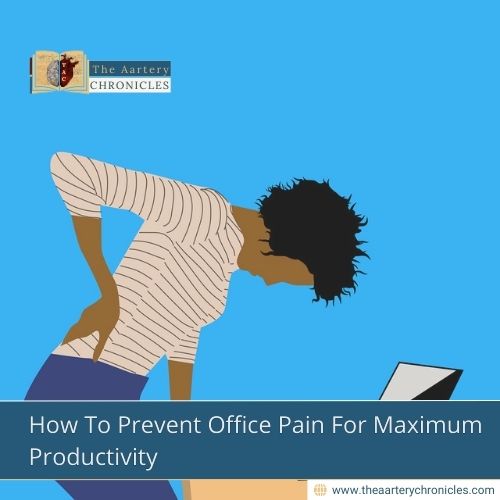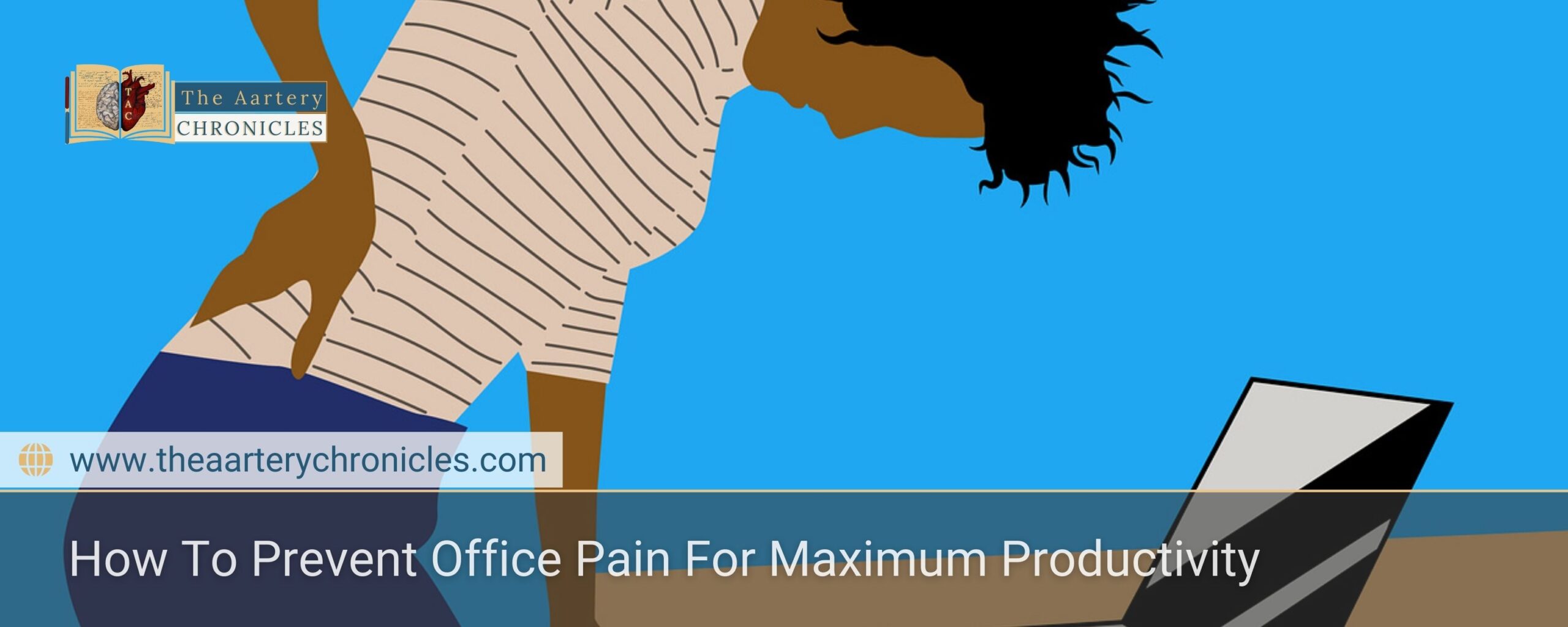

How To Prevent Office Pain For Maximum Productivity
Introduction
Office pain, often the result of poor posture and long hours sitting in front of a computer, is a common problem among office workers. These pains can manifest as neck tension, back pain, eye strain, and wrist and hand problems. Fortunately, there are several strategies you can employ to prevent and manage office pain.
Workplace Ergonomics
An ergonomically correct work environment is essential to prevent office pain:
- Ergonomic Chair: Use a chair that supports the natural curve of your back. Adjust the height of the chair so that your feet rest flat on the floor and your knees are at a 90-degree angle.
- Computer Position: Make sure your monitor is at eye level or slightly lower to avoid tilting your head up or down. The position of your monitor should be about an arm’s length away.
- Keyboard and Mouse: Position your keyboard and mouse at a height that prevents your wrists from bending up or down while typing. Consider using wrist rests for added comfort.
Pause And Movement
Staying in the same position for hours can aggravate or cause pain:
- Regular Breaks: Take short breaks every hour. Use this time to get up, walk around, and stretch.
- Stretching Exercises: Incorporate stretching exercises that can be done at your desk, such as neck extensions, shoulder rotations, and arm stretches.
- Postural Variation: Change your position frequently while working. If possible, use an adjustable desk that allows you to alternate between sitting and standing.
Eye Health
Eye strain can be a serious problem for those who spend a lot of time at the computer:
- Adjust Brightness and Contrast: Make sure that the screen brightness is neither too bright nor too dim compared to the surrounding lighting.
- Adjust Text Size: Increase the size of text on the screen to avoid straining your eyes.
- Do the 20-20-20 Technique: Every 20 minutes, look at something 20 feet away for at least 20 seconds to reduce eye strain.
Stress Management
Stress can contribute to muscle tension and headaches:
- Relaxation Techniques: Practice relaxation techniques such as deep breathing, meditation or listening to relaxing music.
- Work Organization: Keep your desk organized and manage your workload to reduce stress. Using time management techniques can help you stay on top of your tasks.
Regular Physical Activity
Incorporating physical activity into your daily routine can help prevent pain caused by long hours of sitting:
- Regular Exercise: Engage in regular physical activity outside of work hours, such as walking, swimming, or cycling.
- Yoga and Pilates: These activities can improve flexibility, strength, and posture, reducing the risk of chronic pain associated with office work.
By adopting these strategies, you can significantly reduce your risk of developing office pain and improve your overall health and well-being while you work.









